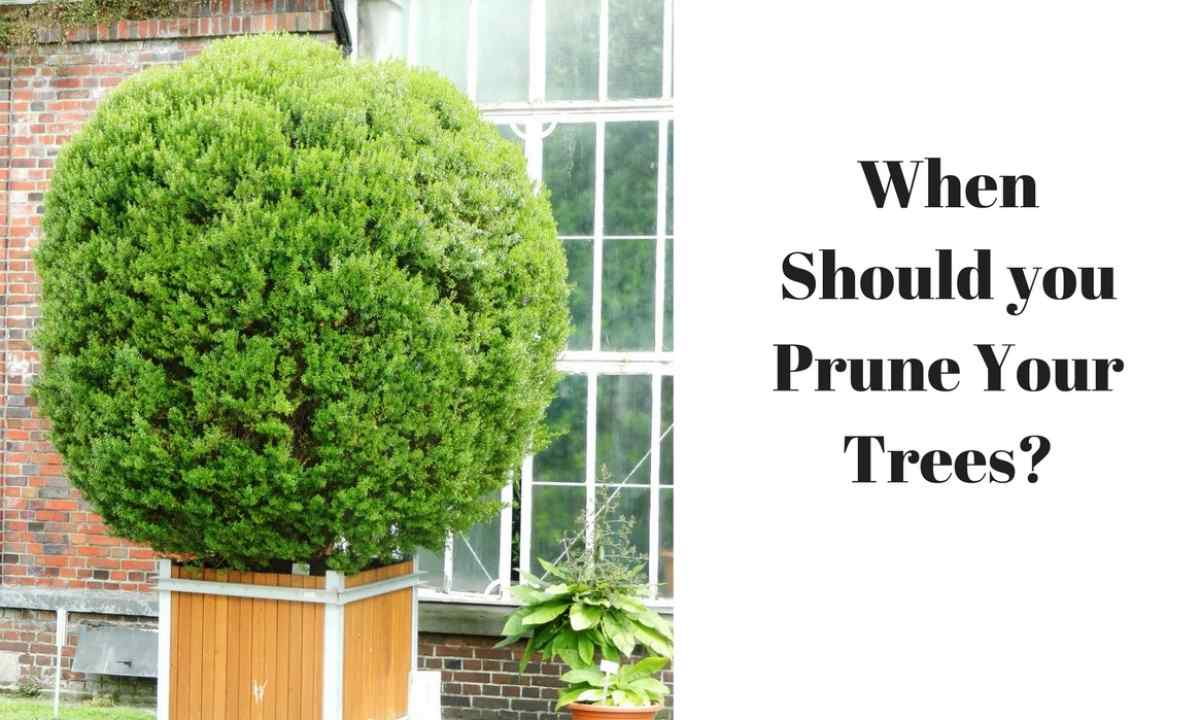Poison ivy or acetic tree – one of the most ornamental deciduous evergreen shrubs. It is widespread in many regions of the world. Especially effectively the tree and looks in the fall in the winter.
Coloring of foliage bright, crimson-scarlet, burgundy or red-orange, long time decorates plant, creating original ornament against the background of coniferous trees. In the winter elegantly and gracefully whisks with the brightest fruits look. On lawns and lawns as partners for poison ivy high dark hvoynik choose, creating from them background, or land under it slowly growing species of juniper.
Purchase of saplings and choice of the place
Saplings of poison ivy can be bought in the spring or in the fall. The poison ivy prefers the open, well lit places where blossoming at it will be more abundant, and foliage – more decorative. Maybe equally successfully grow on soils of any type: dry and stony, slightly salted or there is a lot of alkali. However at the same time soils have to be trained and have good aeration. Strongly condensed soil is not suitable for poison ivy. Preferably easy moistening though the plant is quite capable to transfer also drought.
Now boarding
In the spring the poison ivy is planted as soon as the soil is ready to processing. In the fall – before the first frosts. Put compost shovel on bottom of landing hole, mix with the earth. Sapling backs accurately straighten, without destroying earth lump, then place it in hole. The remained space is filled with fertile soil, well condense it and form circle. Carry out abundant watering after which mulch circle (it is possible fallen leaves).
Watering and cutting
Saplings water regularly to facilitate and accelerate rooting. The grown plants do not need watering, they have enough natural precipitation. However during drought having watered nevertheless it is recommended to carry out at least once a month. Blossoming and fructification of poison ivy begins on 5-6 year of life. Blossoming of poison ivy – the phenomenon which is not of special decorative value. To receive tree or bush of beautiful form, the poison ivy needs to carry out regularly forming cutting and also annual sanitary. If not to do it it is timely, the tree strongly expands, branches are extended and become bare, the plant loses the decorative effect.
Winter protection and reproduction
The poison ivy – plant rather winter-hardy, however protection for the winter nevertheless will not prevent it. In the fall the pristvolny circle is mulched thick layer of compost, peat or leaves, and after loss of snow provide snow retention. Reproduction of poison ivy by root young growth which annually appears in large number is the most effective, sometimes growing at quite long distance from maternal plant. Green shanks take roots poorly. Seed reproduction is possible, but it is less convenient and is effective. Seeds which viability remains within 4 years sow in the fall or in the spring. Only the seeds which have undergone three-months stratification at temperature not above +10 °C are suitable for spring crops. Seeds close up on depth of 1.5 cm under the film shelter. After emergence of shoots the shelter is removed.

